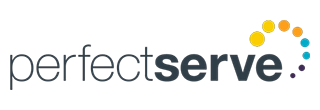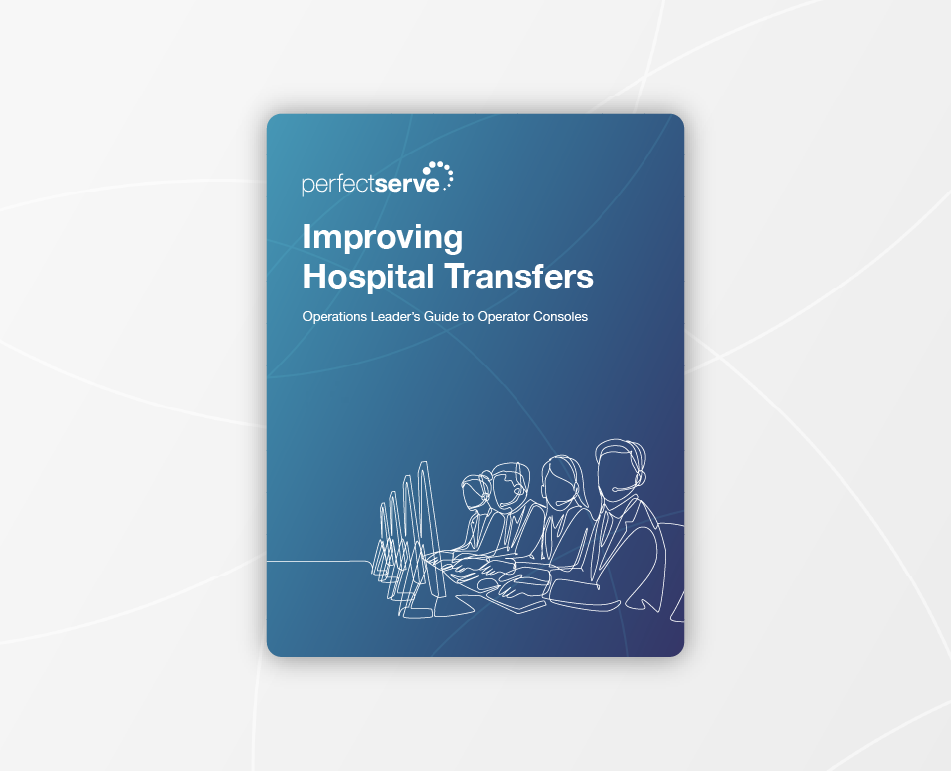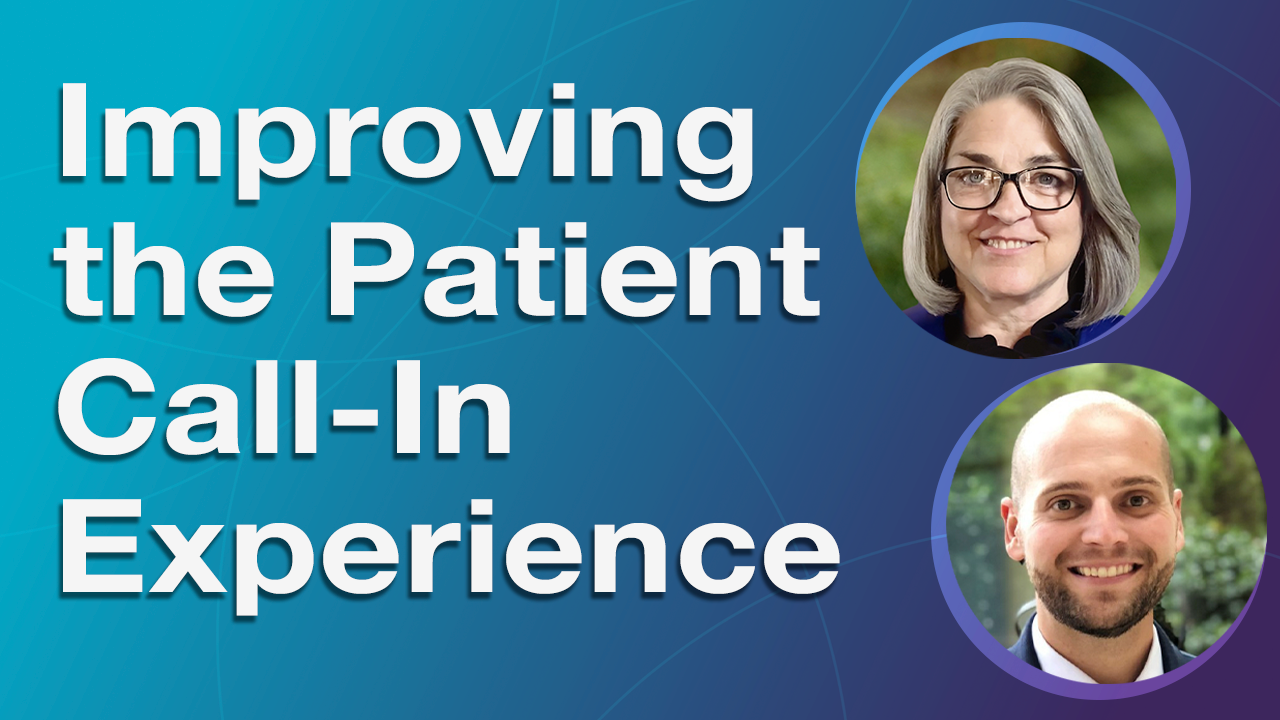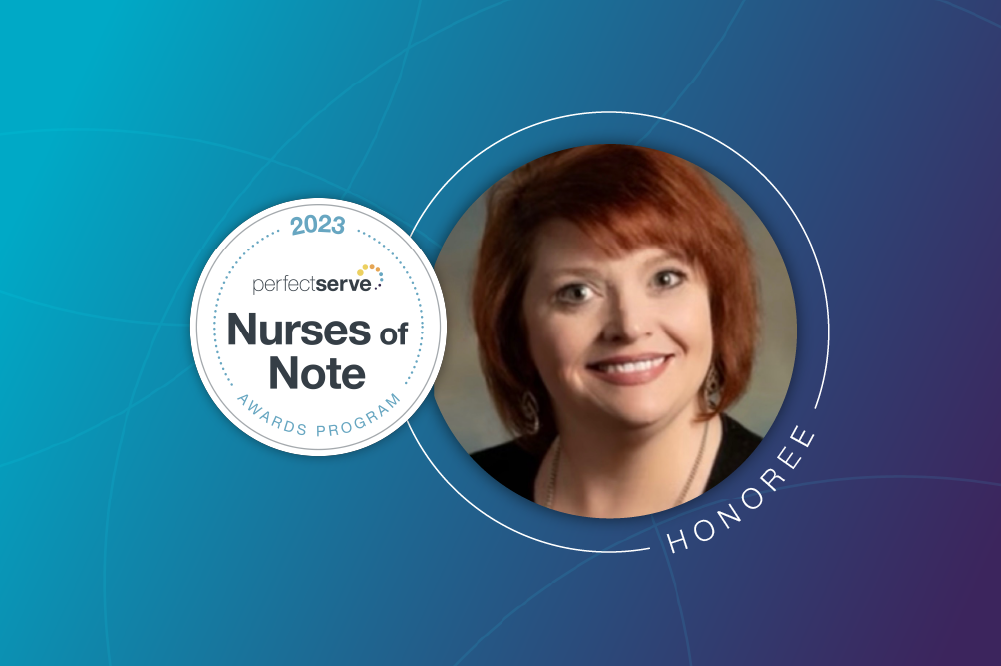How To Enhance After-Hours Calls to Boost the Patient Experience
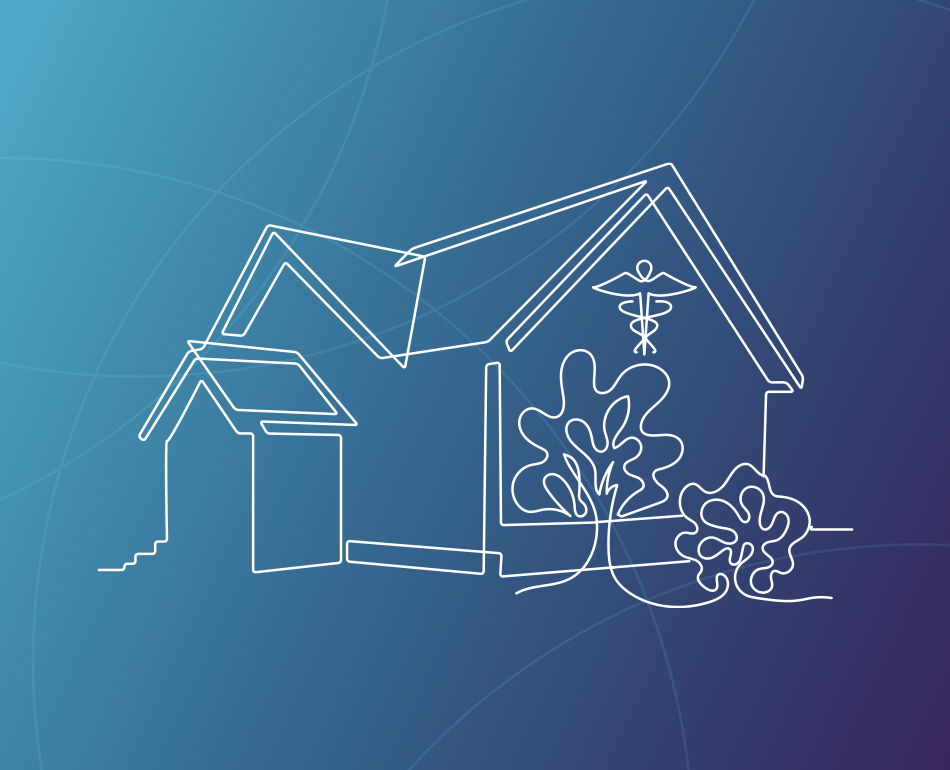
Organization
ENT Practice
Location
Tennessee
Implemented Solution
Practice Communication —
Answering Service
TABLE OF CONTENTS
A recently established ear, nose, and throat (ENT) practice based in East Tennessee was unsure if patient messages were being tracked and properly actioned. The practice is part of a larger medical group, and the medical group is affiliated with an area hospital that uses PerfectServe’s enterprise Clinical Collaboration solution. Other practices within the group were already using PerfectServe’s medical answering service for after-hours call management, but the new ENT service line was still using a live answering service.
Challenges
The practice—which has one nurse practitioner (NP) and one doctor— used a centralized live answering service staffed by the health system to manage calls both during and after office hours. To put it simply, it wasn’t very effective. Though the providers were told that calls were coming through the live answering service, patient messages and voicemails were getting lost and inbound calls were not being connected to the right on-call provider. It seemed like all patient outreach landed in a black hole.
The practice needed to make major adjustments to the way it handled calls and messages, and the timeline for change accelerated considerably when the doctor informed the NP that he was going on vacation in three days. The NP didn’t want to deal with dysfunctional lines of communication while he handled patients himself. Thankfully, he had heard from other practices within the system that PerfectServe’s answering service was an effective alternative to the live service.
Solution
The practice implemented PerfectServe’s Practice Communication solution to manage their patient calls and messages based on a simple on-call schedule. Because the health system already used PerfectServe, it only took a few days to bring the ENT practice live with the answering service. PerfectServe was used to manage inbound patient calls and other messages during and after office hours.
Implementation
The NP initially called PerfectServe support on a Tuesday to explain his pressing situation. He explained that the practice’s only physician was going out of town that Friday, and the PerfectServe team was able to expedite the implementation process to meet his needs. They quickly took stock of existing communication issues, reviewed call workflows to identify needs, and offered staff training.
By Wednesday evening, a new after-hours call structure had been built, and adjustments were made to get the system up and running by Thursday evening. Within a few days, the practice had a unique schedule and custom workflows in place, meaning providers and administrators could log in to the PerfectServe application to check and manage patient messages. If a callback was needed, the patient’s phone number was highlighted, which gave providers the ability to quickly call patients back with one touch. Incoming patient calls were now routed to the correct provider automatically, ensuring no patient communication got lost in translation.
Results
From implementation to product functionality to post go-live support, the new ENT practice was hugely satisfied with its PerfectServe experience. Results from the project include:
Efficient Deployment and Adoption
- The implementation process took less than three days from start to finish
- User-friendly design allowed office staff and providers to easily adapt to the new solution
- All providers at the clinic now use PerfectServe’s mobile app to manage calls
Customizable, Easy-to-Use Structure
- PerfectServe’s sample phone tree structures and communication workflows gave the practice an almost complete blueprint that could be adjusted for their own needs
- Providers can easily check patient voicemails from the PerfectServe mobile app
- Status messages about office hours are easy to change in house
- Consult calls from other hospital groups are routed accurately and take into account the urgency of the request
- On-call schedules are easy to update and modify in real time
- Providers can listen to voicemails right from the inbox on their PerfectServe mobile app; if necessary, they can also use a one-touch callback link to speak with the patient
Improved Patient Calling Experience
- Restructured phone tree options give patients an easier and clearer calling experience
- Urgent and non-urgent calls are routed to the correct inbox or on-call provider, meaning all patient inquiries are met with a timely and appropriate response
Top-Notch Training and Customer Support
- Consistent, positive customer experience
- Knowledgeable and responsive customer support representatives are available 24/7 and able to address questions quickly
- With PerfectServe’s standard training and an intuitive app that encourages self service for things like schedules changes and updates to contact preferences, it’s easy to make adjustments on the fly
Conclusion
Due to a complicated hospital system structure, an ENT practice was experiencing inconsistent inbound patient call management through a live answering service. Patient messages were often lost, and there was no solution in place to receive, house, or manage after-hours calls. It’s not uncommon for practices to have ineffective afterhours messaging management. The ENT clinic was able to leverage an existing vendor relationship to quickly set up and implement a system that connects providers both to patients and other clinicians within the health system.
Patients experience an improved call-in experience with the new ability to make routine requests, leave messages as needed, and connect to the right on-call ENT provider for any emergent needs. By onboarding the ENT clinic’s care team into a cohesive, intelligent answering service, the practice is now better equipped to handle inbound calls, and patients now receive a high-quality call-in experience for all their care needs.
